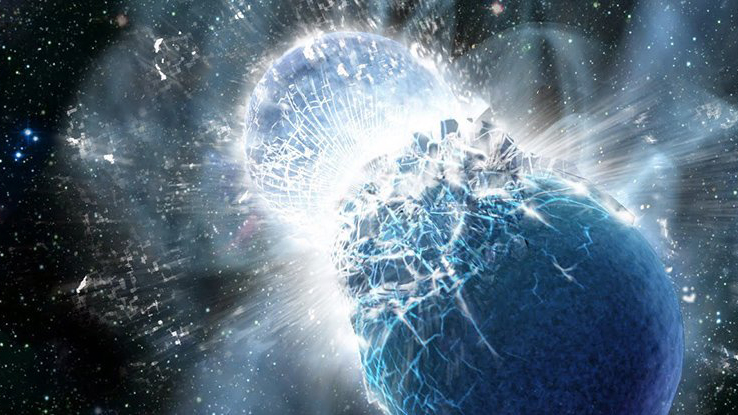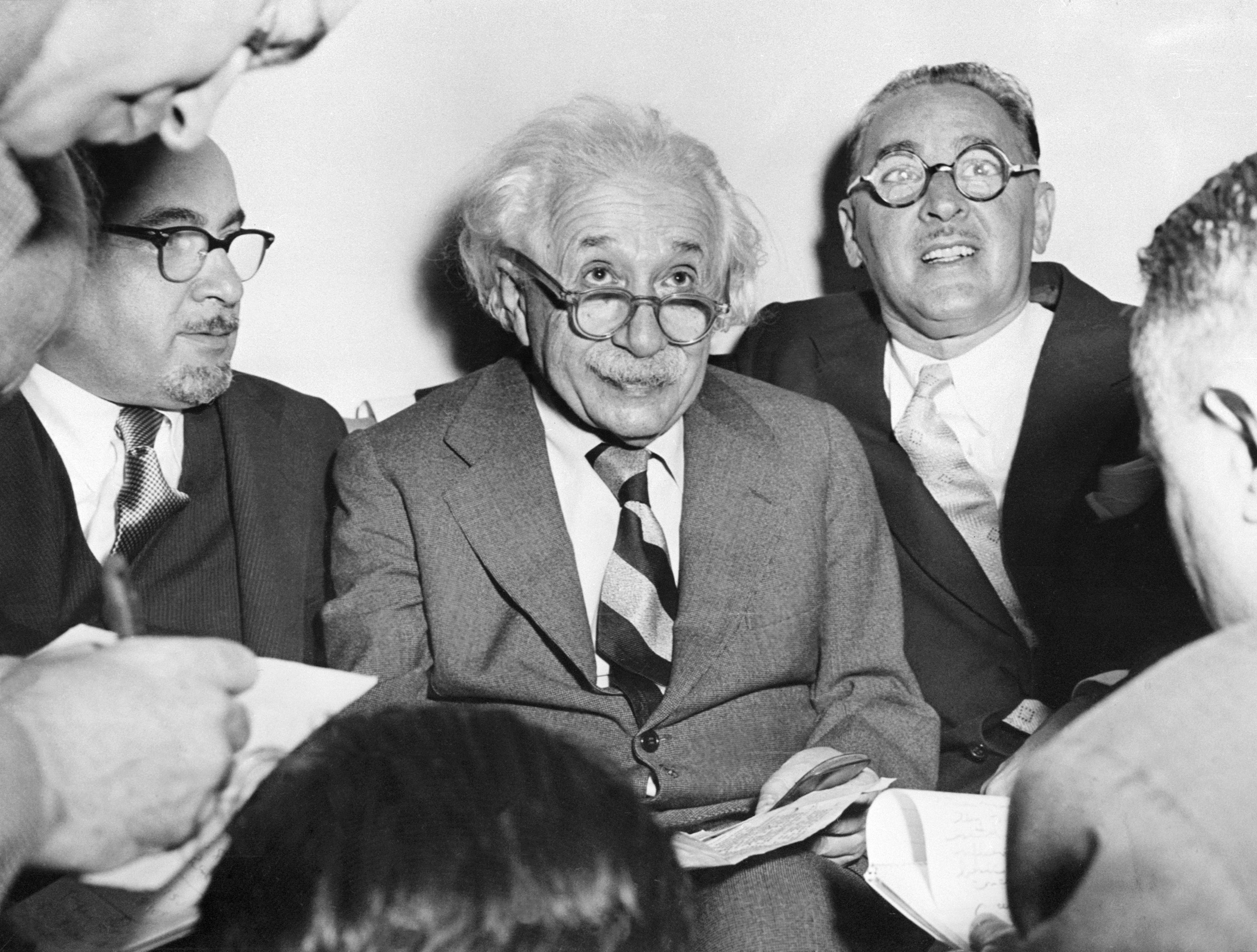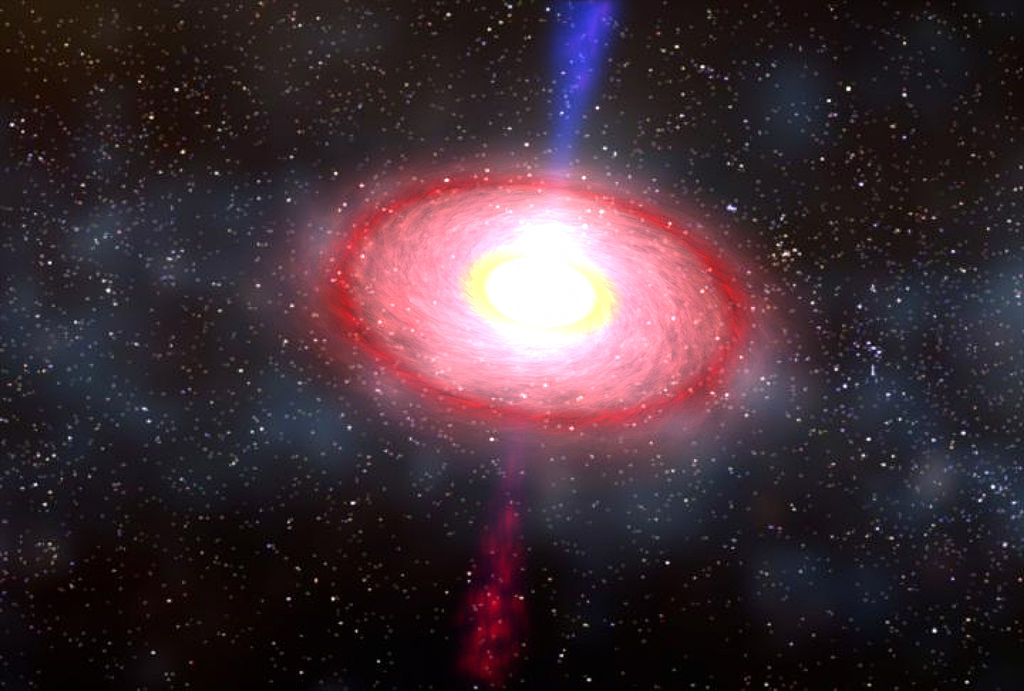LIGO
What can cause a ripple in both space and time? Neutron stars colliding. And what can observe that phenomenon? A two-mile-long laser.
▸
5 min
—
with
This discovery finally points to the source of Earth’s precious heavy elements, also proves Einstein correct in more ways than one.
These scientists scooped up the Nobel by detecting a ripple in space-time.
LIGO and Virgo reveal a gravitational wave was detected on two different continents. Here’s what that means and why it matters.
Get ready for a decade of scientific revelations. Thanks to gravity waves, we have a completely new way to explore the universe.
▸
5 min
—
with
Bill Nye is always dressed for a party, but this time his celestial bow-tie pays respect to one of our era’s greatest discoveries: gravitational waves.
▸
4 min
—
with





